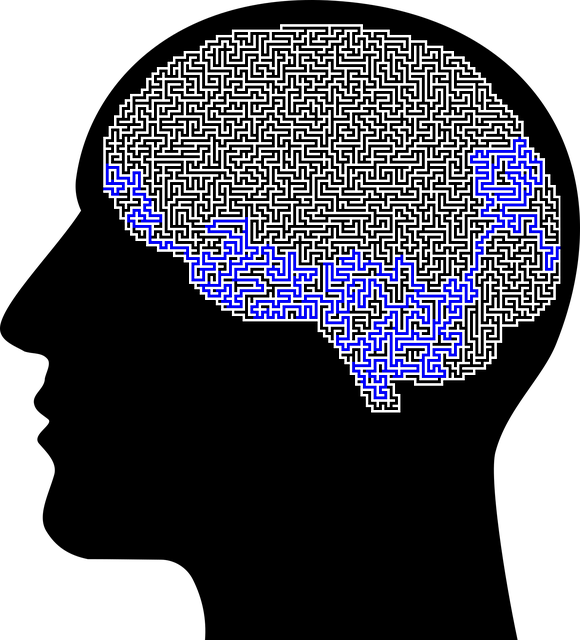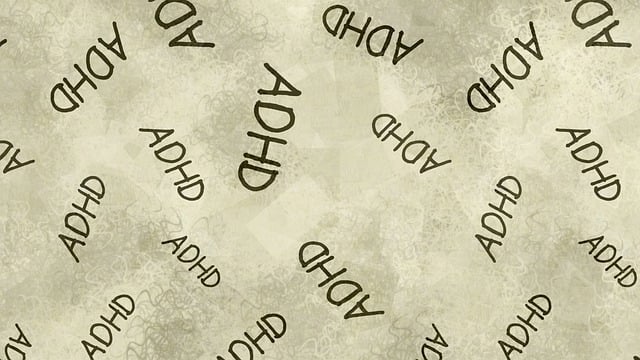Golden Somatic Experiencing (GSE) Therapy is an innovative mental health approach that integrates physical and emotional well-being, focusing on risk assessment as a cornerstone of its practice. This method involves thorough scrutiny of physical and psychological factors to ensure client safety while addressing specific needs like self-esteem and emotional regulation. GSE therapists tailor treatments, employing body-oriented practices to process trauma and build inner strength. By incorporating harm minimization strategies, compassion cultivation, and cultural competency training, GSE empowers professionals to offer holistic care, enhancing therapeutic outcomes and fostering a secure environment for profound personal growth.
Risk assessment and harm minimization are crucial aspects of somatic therapy, ensuring client safety and fostering therapeutic outcomes. This article explores these essential concepts through the lens of Golden Somatic Experiencing (GSE) Therapy, a unique approach that prioritizes minimal harm. We’ll delve into understanding risk assessment in somatic practices, identifying potential pitfalls, and implementing comprehensive strategies for harm minimization. By embracing GSE’s principles, therapists can enhance client experiences while mitigating risks effectively.
- Understanding Risk Assessment in Somatic Therapy
- Golden Somatic Experiencing Therapy: A Harm Minimization Approach
- Identifying and Mitigating Potential Risks
- Implementing a Comprehensive Harm Minimization Plan
Understanding Risk Assessment in Somatic Therapy

Risk assessment is a fundamental aspect of somatic therapy, particularly within the context of Golden Somatic Experiencing (GSE) Therapy. It involves meticulously examining and understanding the potential risks and consequences associated with therapeutic interventions, ensuring client safety and well-being throughout the process. This methodical evaluation considers both physical and psychological factors, allowing therapists to anticipate and mitigate any adverse effects.
In GSE Therapy, risk assessment plays a pivotal role in tailoring treatments to address specific needs, such as self-esteem improvement and emotional regulation. By assessing individual vulnerabilities and past experiences, therapists can design interventions that promote healthy stress management while minimizing potential harm. This personalized approach not only enhances therapeutic outcomes but also fosters a deeper sense of trust and security for clients navigating sensitive topics and intense bodily sensations during the healing process.
Golden Somatic Experiencing Therapy: A Harm Minimization Approach

Golden Somatic Experiencing Therapy (GSE) offers a unique and innovative approach to harm minimization in mental health treatment, focusing on the interconnectedness between physical and emotional well-being. This therapy technique recognizes that trauma often manifests in the body as well as the mind, and aims to facilitate a profound sense of safety and inner strength development. By engaging clients in specific body-oriented practices, GSE helps individuals process and release stored trauma responses, fostering a state of calm and resilience.
Incorporating GSE into risk management planning for mental health professionals can be a powerful tool for trauma support services. It empowers therapists to provide comprehensive care by addressing the physical and emotional aspects of their clients’ well-being. This holistic approach not only enhances therapeutic outcomes but also contributes to the overall effectiveness of risk assessment strategies, ensuring that mental health professionals have the skills to support individuals in developing inner strength and managing potential risks associated with trauma.
Identifying and Mitigating Potential Risks

Identifying potential risks is a critical step in any harm minimization strategy, especially when implementing innovative therapeutic approaches like Golden Somatic Experiencing Therapy (GSE). GSE, known for its unique blend of mindfulness and somatic practices, offers profound benefits but requires careful navigation. Healthcare providers must consider various factors to ensure the safety and well-being of clients. This includes assessing physical and emotional vulnerabilities, past traumatic experiences, and individual responses to sensory stimuli. By anticipating these risks, practitioners can proactively develop strategies to mitigate them.
One effective method is incorporating Compassion Cultivation Practices (CCP) into treatment plans. CCPs promote self-compassion and empathy, which can enhance clients’ ability to manage potential distressing reactions during GSE sessions. Additionally, integrating Stress Reduction Methods (SRMs) like mindfulness meditation can equip clients with tools to regulate their responses. Moreover, Healthcare Provider Cultural Competency Training plays a vital role in understanding and addressing diverse client needs, ensuring a safe and inclusive therapeutic environment for all participants.
Implementing a Comprehensive Harm Minimization Plan

Implementing a comprehensive harm minimization plan is an essential step in any risk assessment process, especially within therapeutic settings that delve into sensitive topics. Golden Somatic Experiencing Therapy (GSE), for instance, aims to facilitate profound emotional releases and inner strength development through various techniques. To ensure the safety of clients, practitioners must proactively identify potential risks and develop strategies to mitigate them.
This involves incorporating public awareness campaigns development to educate both clients and practitioners about the therapeutic process’s potential triggers. Additionally, conflict resolution techniques should be integrated into the treatment plan to address any disagreements or emotional intensifications that may arise during sessions. A well-structured harm minimization strategy not only protects individuals but also enhances the overall effectiveness of therapeutic interventions, fostering a safe space for profound personal growth and transformation.
Risk assessment and harm minimization planning are essential components of responsible somatic therapy practices. By understanding the intricacies of risk assessment, adopting innovative approaches like Golden Somatic Experiencing Therapy, and implementing comprehensive mitigation strategies, therapists can create a safe and beneficial environment for clients. This structured approach ensures that potential risks are identified and managed effectively, enhancing the overall therapeutic experience while upholding ethical standards.










